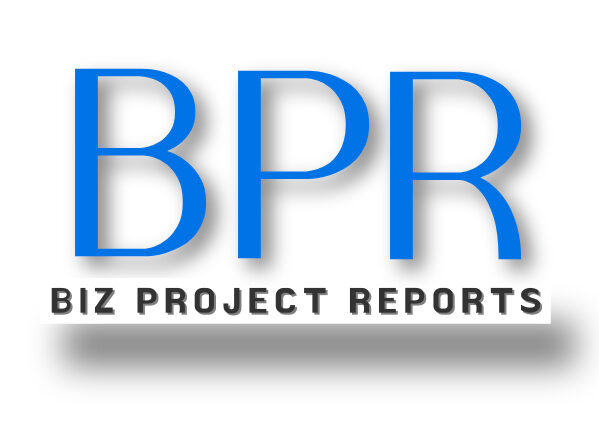1. Market Overview:
Wallpaper is a versatile and decorative material used to enhance interior spaces, adding texture, color, and pattern to walls. The global market for wallpaper manufacturing is driven by factors such as interior design trends, renovation projects, real estate development, and the demand for customizable and visually appealing wall coverings.
2. Market Segmentation:
The wallpaper manufacturing market can be segmented based on various factors:
2.1 Material Types:
Paper-Based Wallpaper: Traditional wallpaper made from paper, often coated for durability.
Vinyl Wallpaper: Resilient and washable, suitable for high-traffic areas.
Textile Wallpaper: Features fabric textures and patterns for a luxurious feel.
Non-Woven Wallpaper: Easy to install and remove, made from synthetic fibers.
Natural Fiber Wallpaper: Made from materials like grasscloth or bamboo for a rustic look.
2.2 Design Styles:
Traditional: Classic patterns such as damask, floral, and stripes.
Contemporary: Modern and abstract designs with bold colors.
Vintage and Retro: Nostalgic patterns reminiscent of past eras.
Customized: Made-to-order wallpapers with personalized designs.
2.3 Application Types:
Residential: Wallpapers for homes, apartments, and condos.
Commercial: Used in hotels, restaurants, offices, and retail spaces.
Hospitality: Wallpaper for hotels, resorts, and lodging facilities.
Healthcare: Wallcoverings designed for healthcare environments.
3. Regional Analysis:
Different regions have unique design preferences, cultural influences, and interior design trends, affecting the choice of wallpaper styles and materials.
4. Market Drivers:
4.1 Interior Design Trends:
Changing design aesthetics and consumer preferences drive demand for new wallpaper styles.
4.2 Real Estate Development:
Residential and commercial property development increases the need for interior finishes, including wallpaper.
4.3 Renovation Projects:
Refurbishment and renovation projects often involve updating interior wall coverings.
5. Market Challenges:
5.1 Sustainability:
Balancing aesthetics with sustainability by using eco-friendly materials and production processes.
5.2 Digital Competitors:
Online platforms and digital printing technologies have increased competition.
6. Opportunities:
6.1 Sustainable Materials:
Investing in recyclable and environmentally friendly wallpaper materials.
6.2 Customization:
Offering made-to-order designs and personalized wallpapers to cater to unique customer preferences.
7. Future Outlook:
The future of the wallpaper manufacturing industry is promising, with sustained demand from interior design, construction, and renovation sectors worldwide. Innovations in sustainable materials, digital printing technologies, and customization options are expected to drive the industry’s growth in the coming years.
Conclusion:
Wallpaper manufacturing continues to be a crucial industry in interior design and construction, offering aesthetic appeal and personalization. While facing challenges related to sustainability and digital competition, the industry continues to thrive. By investing in sustainable materials, technological advancements, and customization capabilities, the wallpaper manufacturing industry is well-poised to meet the evolving demands of interior designers, architects, builders, and homeowners worldwide, ensuring visually appealing and personalized interior spaces for the future.
